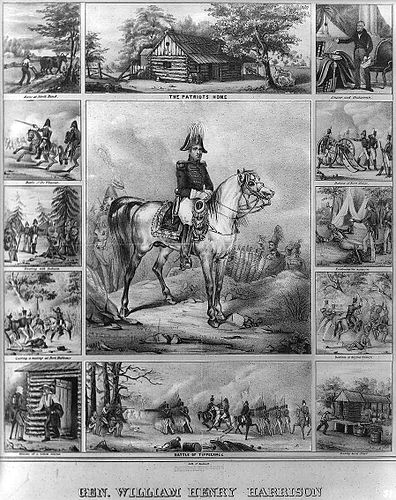 The Wikipedia article of the day for November 13, 2020 is Edward Thomas Daniell.
The Wikipedia article of the day for November 13, 2020 is Edward Thomas Daniell.Edward Thomas Daniell was an English artist known for etchings and Middle Eastern landscape paintings. Taught by John Crome and Joseph Stannard, he is associated with the Norwich School of painters, who were mainly inspired by the Norfolk countryside. After graduating in classics at Balliol College, Oxford, in 1828, he was ordained as a curate in 1832 and appointed to a curacy in London in 1834. He became a patron of the arts, and a friend of the artist John Linnell. In 1840, after resigning his curacy and leaving for the Middle East, he encountered the archaeological expedition of Charles Fellows in Lycia, and joined as their illustrator. He contracted malaria and died from a second attack of the disease. He normally used a small number of colours for his watercolour paintings; his distinctive style was influenced in part by Crome, J. M. W. Turner and John Sell Cotman. As an etcher he anticipated the modern revival of etching that began in the 1850s.
 The Wikipedia article of the day for November 12, 2020 is
The Wikipedia article of the day for November 12, 2020 is  The Wikipedia article of the day for November 11, 2020 is
The Wikipedia article of the day for November 11, 2020 is  The Wikipedia article of the day for November 9, 2020 is
The Wikipedia article of the day for November 9, 2020 is  The Wikipedia article of the day for November 8, 2020 is
The Wikipedia article of the day for November 8, 2020 is  The Wikipedia article of the day for November 5, 2020 is
The Wikipedia article of the day for November 5, 2020 is  The Wikipedia article of the day for November 3, 2020 is
The Wikipedia article of the day for November 3, 2020 is  The Wikipedia article of the day for November 1, 2020 is
The Wikipedia article of the day for November 1, 2020 is  The Wikipedia article of the day for October 31, 2020 is
The Wikipedia article of the day for October 31, 2020 is  The Wikipedia article of the day for October 30, 2020 is
The Wikipedia article of the day for October 30, 2020 is  The Wikipedia article of the day for October 29, 2020 is
The Wikipedia article of the day for October 29, 2020 is  The Wikipedia article of the day for October 28, 2020 is
The Wikipedia article of the day for October 28, 2020 is  The Wikipedia article of the day for October 26, 2020 is
The Wikipedia article of the day for October 26, 2020 is